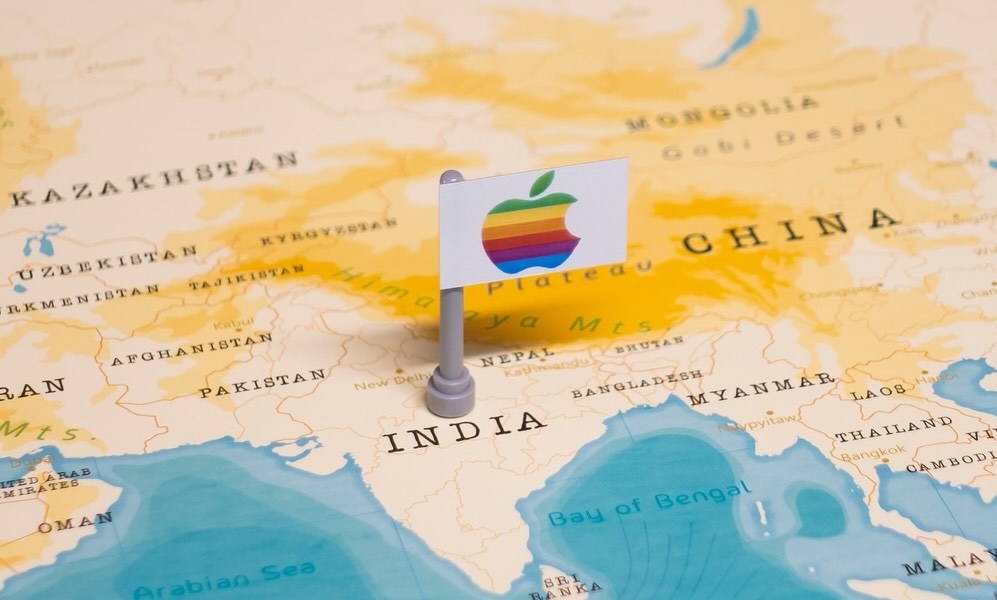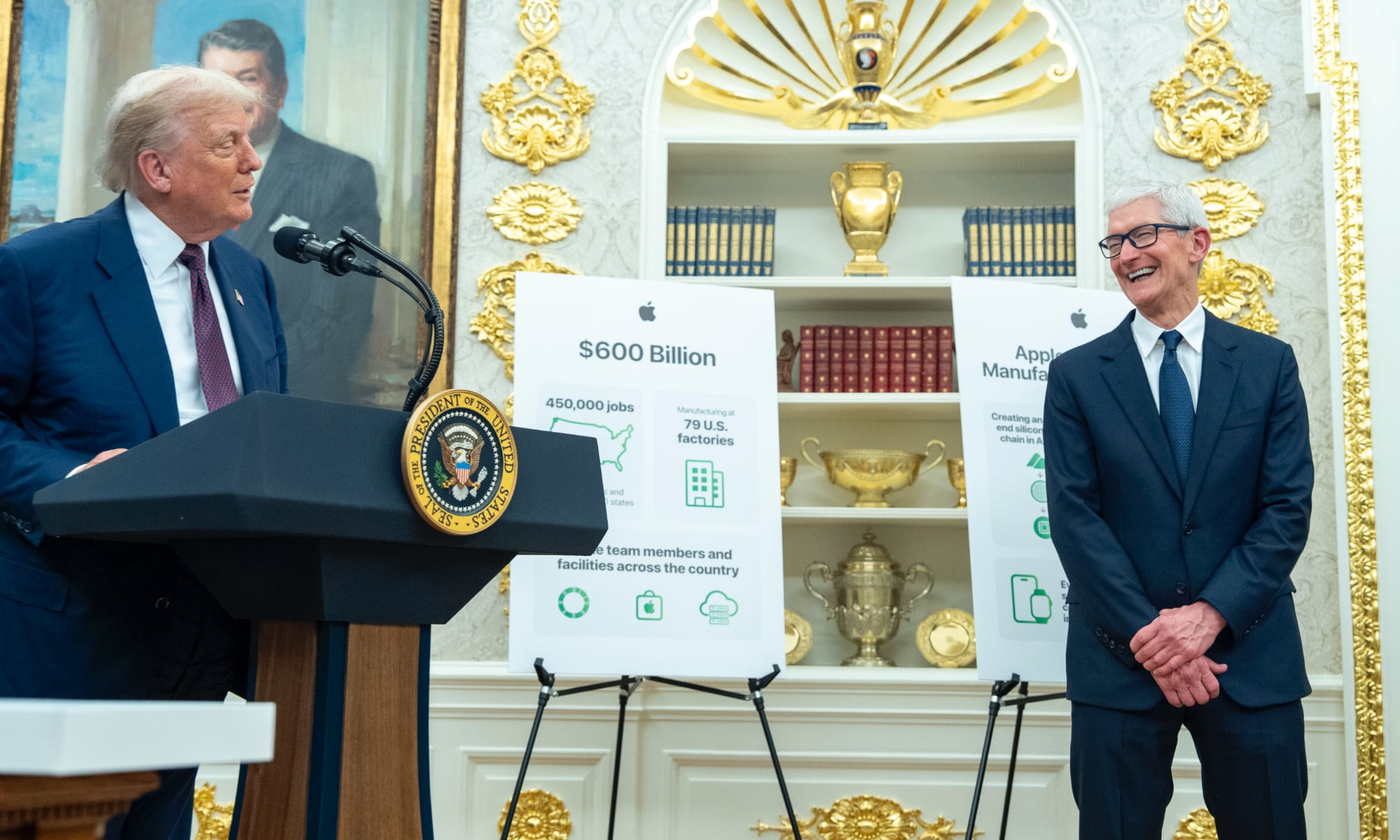Nearly All US-Bound iPhone 17 Models Will Be Made in India
 Apple Store BKC in Mumbai
Apple Store BKC in Mumbai
Toggle Dark Mode
While India may not be the ultimate solution to Apple’s tariff struggles, it’s still in the company’s best interest to diversify its supply chain and move production away from China. After all, as far-reaching as the Trump administration’s ongoing tariff battles are, the Middle Kingdom remains public enemy number one in the overall war.
What’s saved Apple from the worst of the tariffs thus far isn’t where it’s making its iPhones, but rather Tim Cook’s ‘very good relationship’ with President Trump. Regardless of his personal feelings, Apple’s CEO is a pragmatist who is responsible to the company’s shareholders, so investing more in the US and maintaining friendly ties with the US administration is key to ensuring the success of Apple’s products and balancing the happiness of its shareholders who want to see higher valuation with its customers who don’t want to see higher prices.
That pragmatism also means that Apple isn’t about to pin all its hopes on the good graces of the oft-mercurial American President. While the company’s US investments have granted it temporary immunity from the new “sectoral” 100% tariffs on chips and semiconductors, it still has to deal with country-specific levies, which remain a moving target. Hence, Apple is still hedging its bets by shifting production out of China, and it looks like it’s managed to quickly ramp things up to a level that may be able to meet a substantial amount of this year’s US iPhone 17 demand.
In a new Bloomberg report, Sankalp Phartiyal and Mark Gurman note that Apple now has iPhone 17 production up and running at five factories in India, including two newly opened plants. For the first time, Apple will produce all four iPhone models in India from the start, enabling the supply of the iPhone 17, iPhone 17 Pro, iPhone 17 Pro Max, and the so-called “iPhone 17 Air” without relying solely on China.
Apple has been rapidly shifting iPhone production to India since April, but many analysts were skeptical that the company would be able to produce enough iPhones there to meet the 100–120 million iPhones sold to US customers each year. However, it appears that Apple has moved much faster at getting iPhone 17 production up and running in India than many had expected.
It’s still not clear if Apple will reach a point where 100% of US iPhones can come from India, but by all accounts, it’s getting close enough that any surplus that needs to come from China won’t make a significant dent in its profits. While it’s still a few months away, the iPhone 17e is also expected to be made in India, and it’s expected to increase volumes even further by the time the iPhone 18 goes into mass production next summer.
Meanwhile, China will remain the source for iPhones sold in nearly every other country, where tariffs are a non-issue.
India has already found itself subject to a 50% tariff on exports to the US, but Apple won’t feel the full force of these, as the additional 25% tariff that was imposed as a penalty for buying Russian oil falls under the “retaliatory” umbrella, which the iPhone and other consumer electronics products were exempted from in April. Most of those devices were placed under a new “Section 232” clause in the Trade Expansion Act to put them in a distinct sectoral tariff bucket separate from the standard levies. While President Trump announced last week that this will likely go to 100% on most products, companies that have committed to building in the United States — like Apple — won’t be charged these new tariffs.
Nevertheless, the shifting tariff landscape means that it’s best for Apple to keep its eggs in multiple baskets. Having substantial manufacturing in numerous countries makes it easier to switch sources as the trade winds change.
Considering how long it takes to shift a supply chain as complex as Apple’s, the move to India has gone remarkably fast. Only four years ago, nearly every iPhone sold globally was assembled in China. Today, that number has dropped to less than 80%, with India estimated to account for 20–25% of all iPhones sold globally — and it’s expected to go down to a 50/50 split by 2027 as India takes on more of the load, and Vietnam picks up some of the load with a single-digit percentage of all iPhones.
Apple manufactures a small number of standard iPhone models in Brazil, primarily to serve the local market. However, there have been some reports that Apple could use Brazil as a strategic base to supply some lower-end iPhone models to the US market.









